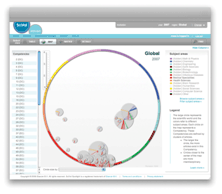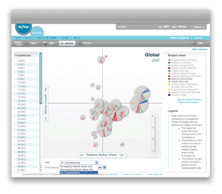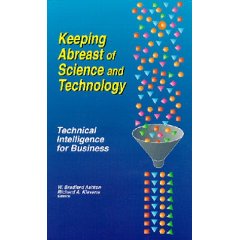


We have in the past highlighted the work of Dick Klavans, who along with Brad Ashton is one of our foremost Scientific & Technical Intelligence (S&TI) colleagues. Apart from his book with Brad, Keeping Abreast of Science and Technology: Technical Intelligence for Business and his new web site, Maps of Science, see also on this site: 2002 Klavans (US) Technology Mapping: A Workshop on (Open) Sources & Methods for Identifying Commercial Opportunities in Technology and 2002 Klavans (US) Tomorrow’s Hotspots: Identifying Commercial Opportunities from Science.

Elsevier is now commercializing what Dick has been doing for the last twenty years in one-of productions, and we believe this capability will be extraordinary, not only in performance measurement and performance enhancement for specific disciplinary units, but in demanding that inter-disciplinary and integrative problem-finding and solving come back into being.





